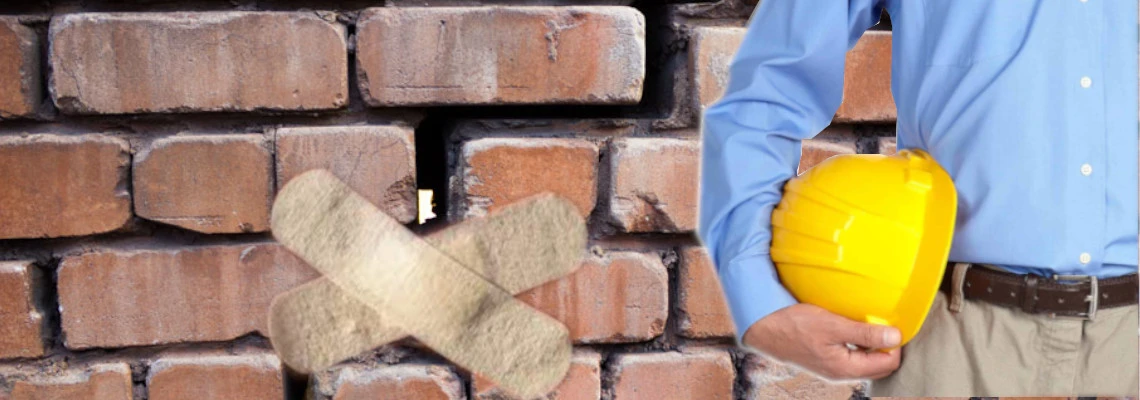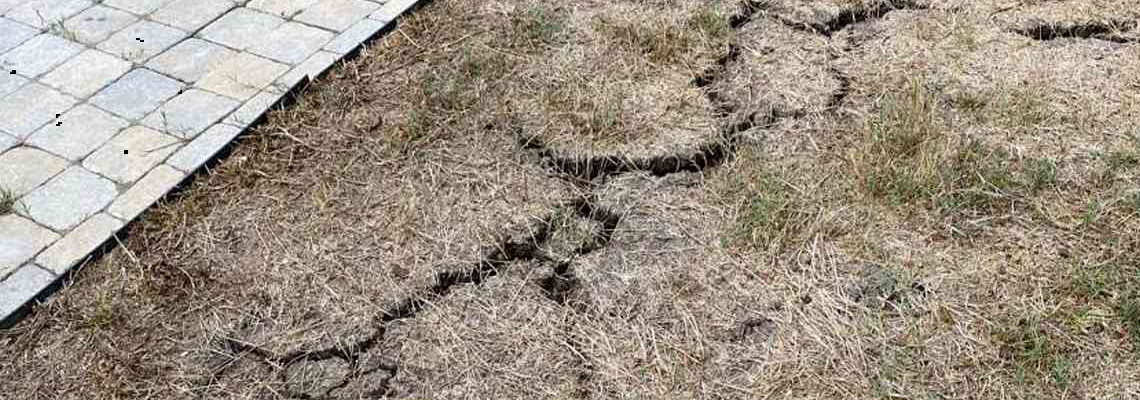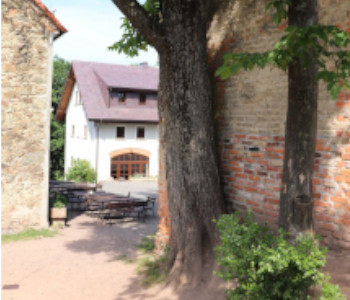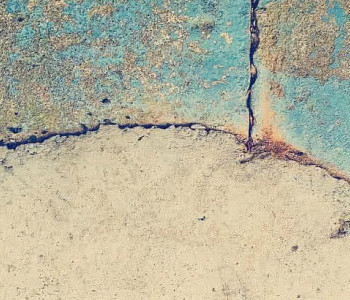
Foundation heave problems*
Homes are not always constructed with best practices. Many homes especially older ones where built with less than ideal building practices. Not having built properly can result in your home experiencing movement beyond the foundation.
Lastly foundation movement can cause cracks as well either from the house settling or experiencing heaving or even tree roots lifing a portion of the home’s foundation.
The common movement type plaguing light foundations is heave.
Heave is difficult movement to mitigate. It can be a difficult to diagnose to.
Heave occurs because the moisture increases in an active soil. At the molecular level, a negative pressure potential (suction) in the soil particles attracts water molecules to a tight bond around the surface of the soil particles.
Because water is incompressible, the clay particles are forced apart, causing soil movement.

Tree or other large vegetation roots are capable of removing water from active soils such that subsidence occurs. This takes years or decades as the tree matures and its roots propagate deeper and farther away from the trunk, creating a powerful suction.
However when the trees are removed, the sudden lack of water uptake by the tree creates an imbalance, with the ongoing soil suction attracting available moisture from any direction.


This moisture movement can happen over several months or several years depending on the quantities of cracks and root channels in the soil fabric. Rehydration continues until the soil reaches moisture equilibrium, determined by the amount of available moisture.
The proper depth to prevent heave or subsidence of a pier or pile should be computed based on suction testing and is normally 1.5 to 2.0 times the depth of the active zone.
Soil movement will occur in any direction the laws of physics will allow. At deeper penetrations, the soil plus water particles will be restrained, reducing the potential for attraction of water particles and subsequent expansion.
Closer to grade, depending on the amount of overburden from the soil and structures, the soil movement will expand upward, defined as “heave” and sometimes laterally, commonly known as “walking” when observed in flatwork or other foundations.
Heave Symptoms
- Slab cracks resemble spider webs with at least two intersecting cracks
- Nearby trees died within a year or two that the first distress was observed
- The damage began to occur after construction, accelerating within the first few years of construction
- Leaks in the under slab plumbing or from nearby ponds or pools
There are three common remedies for heave:
- Remove the source of moisture
- Wait for the heave to run its course
- Lift the entire foundation so that continued heaving soil will not contact the underside of the foundation.
*All the information provided in the content published on Insulationgo blog is for informational and educational purposes only. Insulationgo LTD makes every effort to ensure the accuracy and timeliness of the content, but we do not assume any responsibility for any errors or omissions.
The information presented on this blog should not be considered as professional advice or a substitute for consulting relevant experts. Before making any purchase decisions or taking action based on the information presented here, it is strongly recommended to contact the product manufacturer directly to verify the details and ensure its suitability for your specific needs.
By using this blog, you acknowledge and agree that Insulationgo LTD shall not be held liable for any damages, losses, or inconveniences arising from the use or reliance on the information provided herein. This limitation of liability applies to all users of the blog, including but not limited to visitors, readers, and subscribers.












































































































